Construction units of expressway projects in the Mekong Delta region believe that the Western expressway continues to be seriously "hungry" for sand and stone. Why?
Calculation of highway construction by viaduct
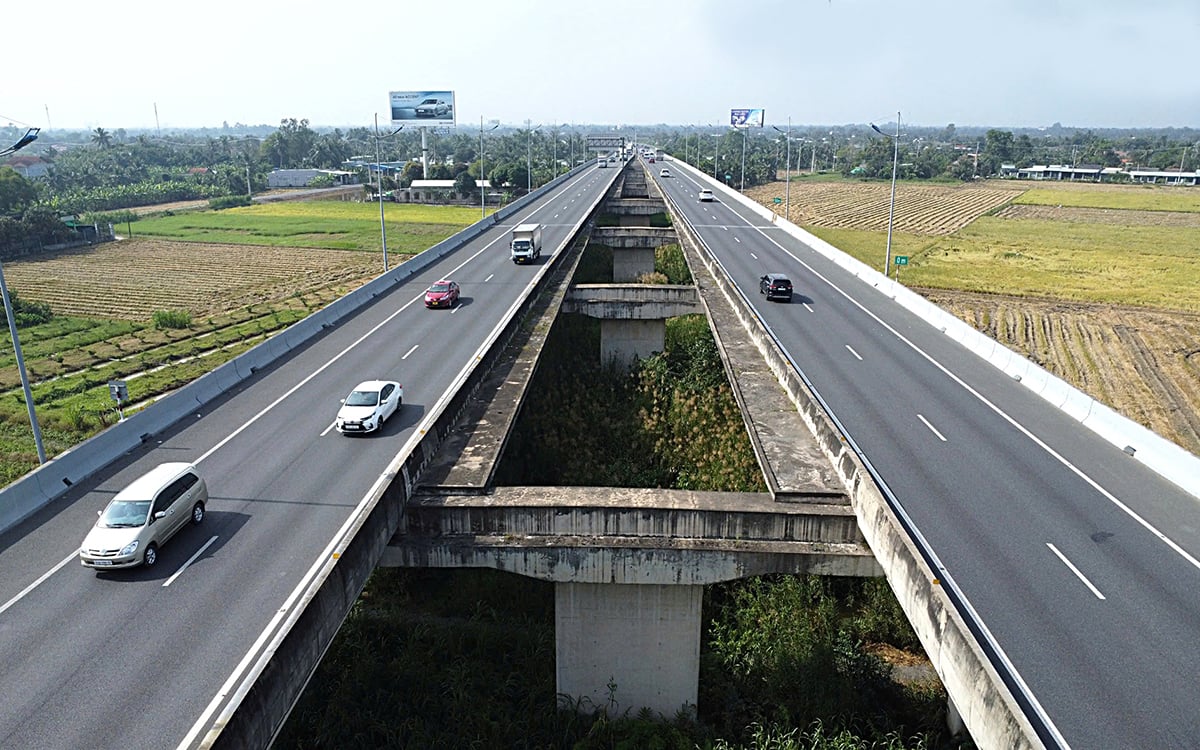
Ho Chi Minh City - Trung Luong Expressway, section through Tan An City, Long An Province, is being constructed using an overpass - Photo: M. TRUONG
That is the affirmation of Mr. Tran Van Thi, Director of My Thuan Project Management Board (Ministry of Transport), the unit that is implementing many expressway projects in the Mekong Delta region, when talking with Tuoi Tre about the current lack of sand and stone for expressways in the Mekong Delta region.
Mr. Thi said: The overpass has technical advantages thanks to its uniform and stable industrial materials, easy quality control and construction progress. The overpass also does not have to deal with the problem of weak ground waiting to sink, helping to reduce construction time and increase project speed, and is not affected by sinking, ensuring long-term stability.
* But the viaduct solution has more than just advantages, sir?
- Building viaducts is a solution that has been widely applied in the world where there is complex terrain or weak soil, helping to reduce environmental impact. Among them, India, Taiwan, Thailand and especially China have implemented many large-scale viaduct projects.
In Vietnam, viaducts have been applied in many projects, of which the 39.8km long Ho Chi Minh City - Trung Luong Expressway, with 13.2km of viaducts, has proven effective in complex terrain areas.
However, the disadvantage of the viaduct solution is that the initial construction cost is 1.5 - 2 times higher than the embankment, depending on geological conditions and technology. Construction materials such as concrete, steel, and additives must be mostly imported, which can easily cause scarcity and increase prices when many projects are implemented at the same time. The design of the viaduct is more complicated, especially at intersections and service roads, and is difficult to adjust after completion. The maintenance and repair process requires high technology and high costs.
* Many experts believe that the solution of building a viaduct is still a reasonable solution for the Mekong Delta which is currently lacking sand, don't you think so?
- As I said above, the viaduct is not a perfect solution, but it is an effective option in the specific conditions of the Mekong Delta. Therefore, the choice of solution needs to be carefully considered.
For projects under construction, choosing the investment option of phased construction and using roadbed on weak soil is a reasonable decision to soon complete the North-South expressway while the budget is still limited and this is a suitable solution for reality.
For projects that are about to be invested, the authorities need to conduct a comprehensive assessment. It may be a combination of conventional embankments in areas where materials are available and viaducts in areas with complex geological conditions or lack of embankment materials.
In addition, it is necessary to boldly apply new material technology, such as high-strength or ultra-high-strength concrete, and promote the application of modern construction technologies suitable for viaducts, such as MSS technology (Movable Scaffolding System) and LG technology (Launching Gantry - assembling segments on mobile scaffolding), to reduce project costs and ensure the sustainable life of the project.
* For projects that have been and will be implemented in the Mekong Delta region , is it possible to switch from embankment construction to viaduct construction, sir?
- In recent times, despite the application of "special mechanisms" to supply river and sea sand, the sand shortage in the Mekong Delta is still increasingly serious. This poses an urgent need to realize solutions such as building overpasses and elevated roads, without necessarily having to wait any longer, even for ongoing projects.
For ongoing projects, if considered purely from an engineering standpoint, switching from traditional highway solutions to viaducts is feasible. However, applying it to ongoing projects will face many challenges, especially legal, financial and social impact issues.
Many people are concerned that if the overpass construction solution is adjusted, the projects will have to be re-submitted to the competent authority, leading to prolonged procedures, slowing down progress and requiring a long testing period before mass deployment.
* If switching from embankment construction to viaduct construction, what should be noted, sir?
- To ensure compliance with legal regulations and optimize resources, investors need to carefully calculate many factors. It is a complex adjustment procedure.
Changing the design means changing the original investment policy, which requires re-approval from the competent authority, extending the implementation time. Changes in the basic design and estimate need to be updated and re-submitted for review, affecting the project progress.
The conversion from embankment to viaduct incurs large costs. According to the Investment Law, if costs exceed the limit, there must be a clear explanation and approval for additional funding, which affects the budget and implementation progress.
Changing technical solutions will also change the value of bid packages, requiring re-bidding or adjusting contracts with contractors, leading to loss of time and prolonging the project, not to mention disputes that may arise.
The adjusted project will have to go through strict appraisal and supervision steps, creating great pressure on progress and quality. Changing the solution can prolong the implementation time, affecting investment efficiency and project progress...
Building expressways on viaducts, with readily available materials such as cement, steel, stone and sand, will help reduce the use of sand for filling, limit sand exploitation and prevent riverbank and coastal erosion, especially in the Mekong Delta and the Central region.
Associate Professor, Dr. Tran Chung (former Director of the State Appraisal Department of Construction Quality, Ministry of Construction):
In the long run, viaducts will be much cheaper.
The Southern Delta is a region with weak soil with a thick layer of mud, so the treatment of weak soil for construction works in general and traffic works in particular is always a really difficult economic and technical problem. To solve this problem, there are two techniques that can be applied intertwined, including building highways on treated soil and on viaduct systems.
Over the past years, in the Mekong Delta region, except for projects with large concentrated loads that require the use of driven piles, bored piles, and even in some places with piles over 100m deep, most of the remaining projects have chosen the solution of ground treatment by the ground reinforcement method. This is an advanced weak soil treatment technology that the Vietnam Institute of Building Science and Technology (IBST) received technology transfer from Sweden since 1978.
This weak ground reinforcement solution is considered economical (cost-saving) but requires a large amount of loading material (soil or sand 2.5 - 3m thick) and a long loading time (over 9 months) for water to drain from the weak ground layer until the required consolidation level is reached. The cost of this technology has become the benchmark for comparison with other weak ground treatment technologies, including the viaduct solution.
With overpasses, although there are many advantages such as fast implementation progress, more environmentally friendly, less land clearance required and less affected by climate change... the biggest barrier is the initial investment capital.
From the Ho Chi Minh City - Trung Luong Expressway, it can be seen that the initial investment for 1km of viaduct is nearly 3 times higher than that of 1km of highway on the ground. Not to mention, when it is necessary to widen the highway surface, the viaduct faces many technical difficulties.
However, in my opinion, if we look at the long term after a period of time and the overall values of land, environment, time to put the project into operation... the expressway on the viaduct will be much cheaper.
Source: https://tuoitre.vn/cong-truong-duong-cao-toc-o-dbscl-van-doi-cat-da-20250221081439471.htm




![[Photo] Moment of love: Myanmar people are moved to thank Vietnamese soldiers](https://vstatic.vietnam.vn/vietnam/resource/IMAGE/2025/4/3/9b2e07196eb14aa5aacb1bc9e067ae6f)
![[Photo] Special relics at the Vietnam Military History Museum associated with the heroic April 30th](https://vstatic.vietnam.vn/vietnam/resource/IMAGE/2025/4/3/a49d65b17b804e398de42bc2caba8368)
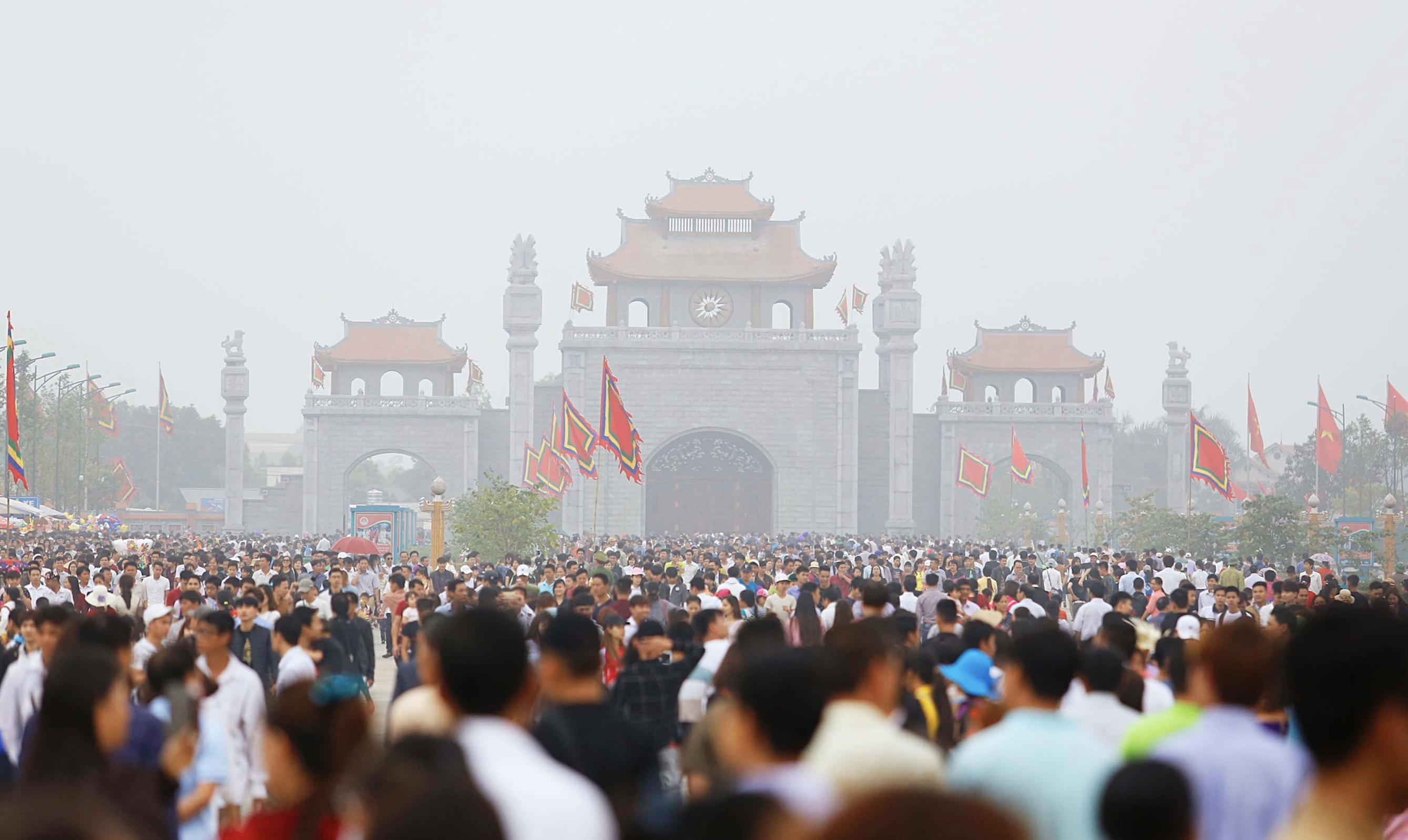
![[Photo] General Secretary To Lam receives Japanese Ambassador to Vietnam Ito Naoki](https://vstatic.vietnam.vn/vietnam/resource/IMAGE/2025/4/3/3a5d233bc09d4928ac9bfed97674be98)
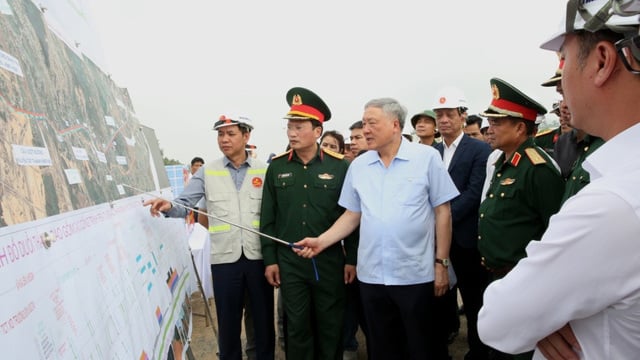

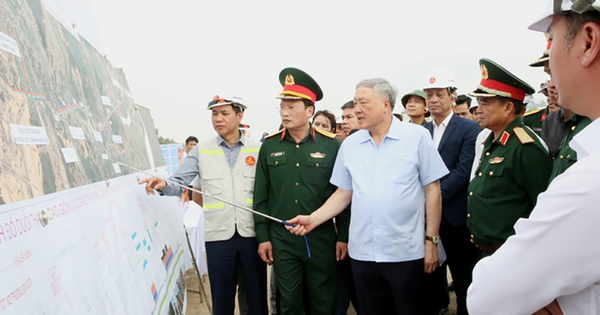

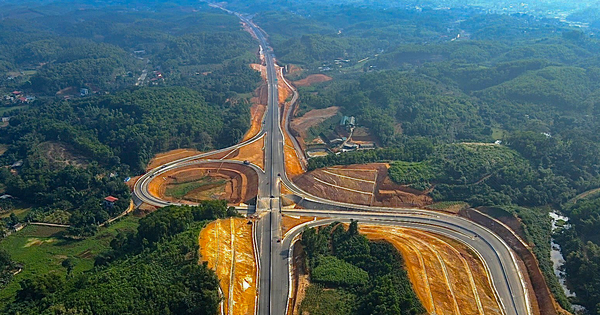

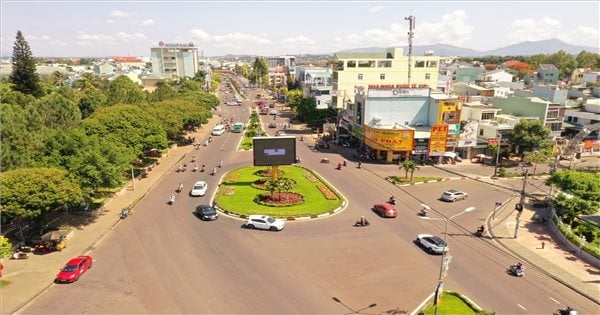

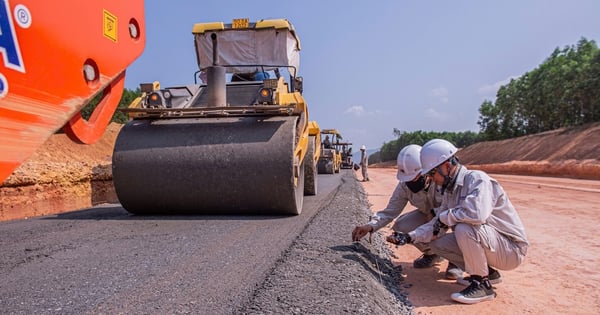
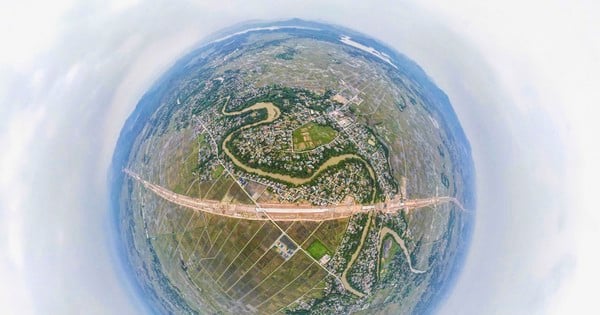

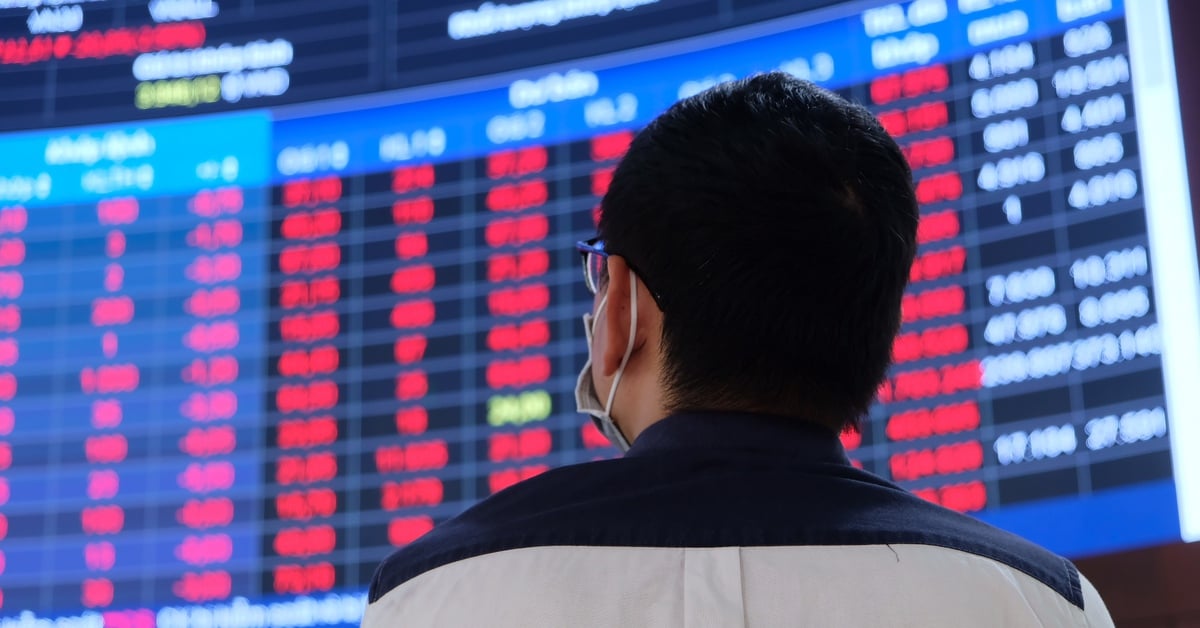
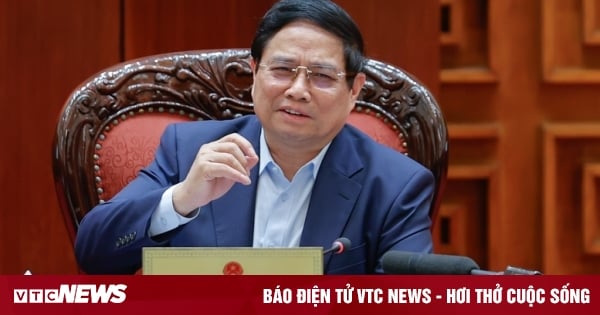
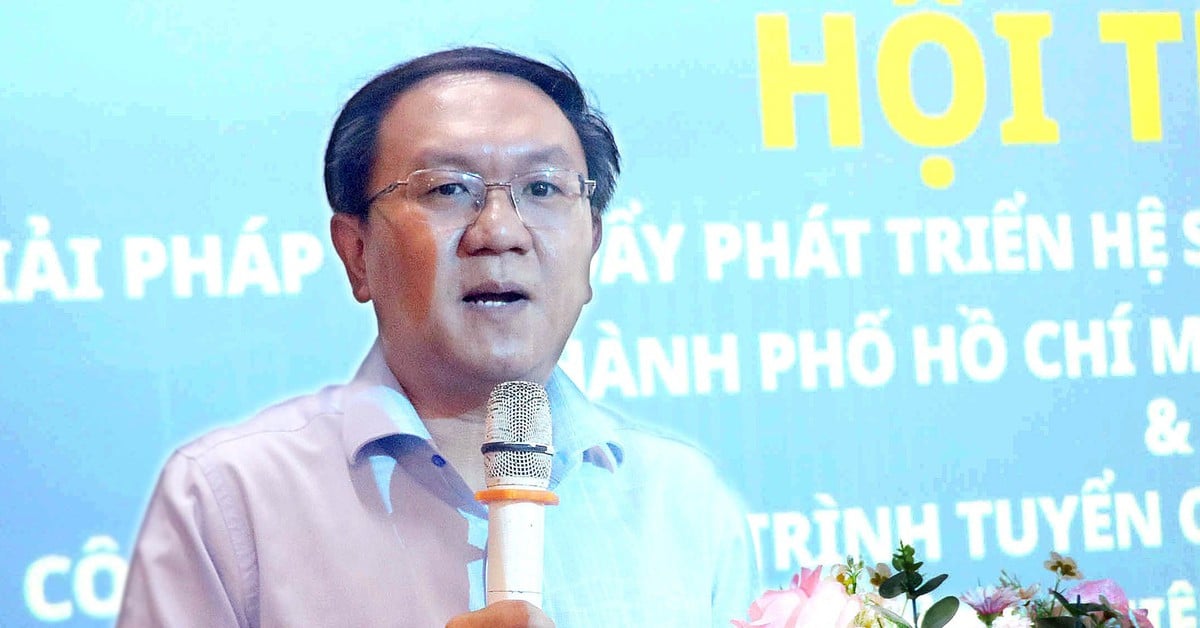


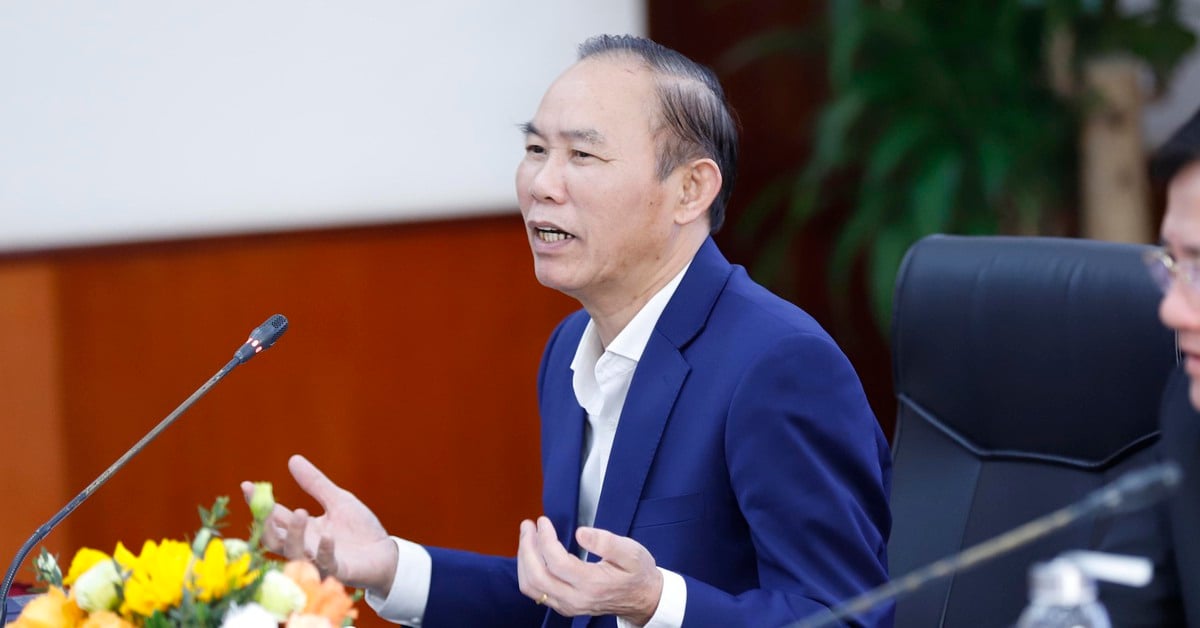






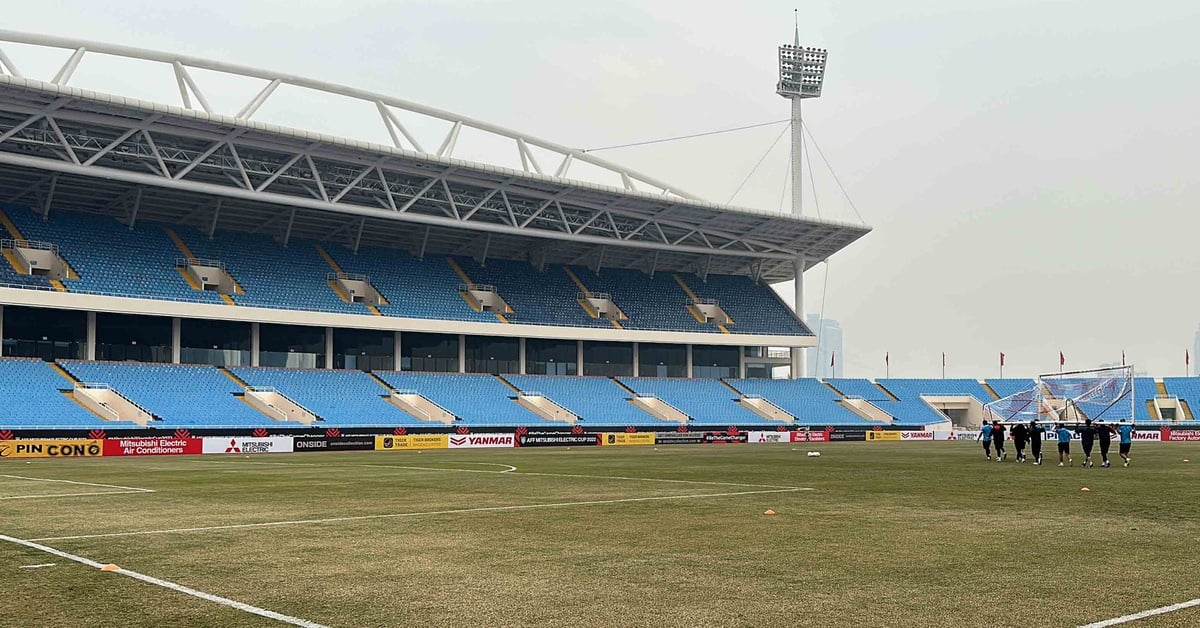



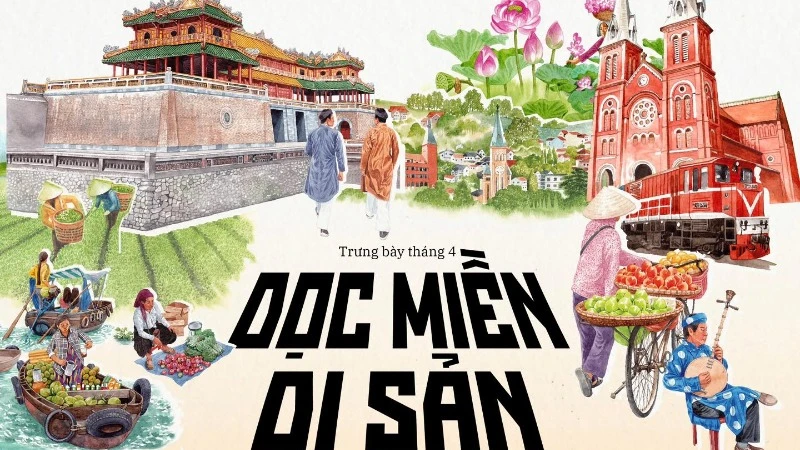

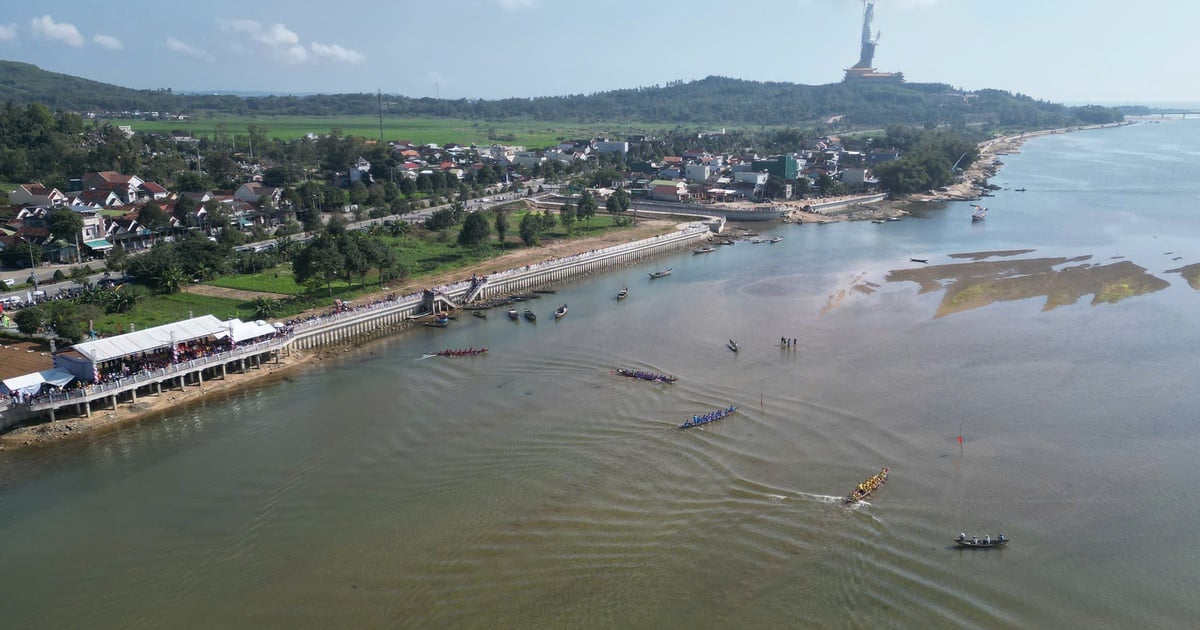



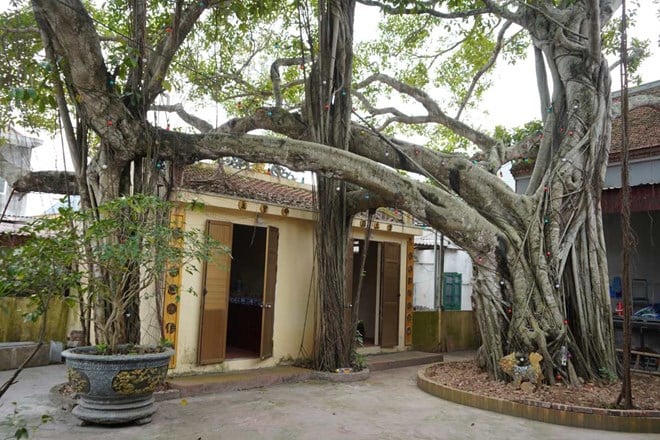



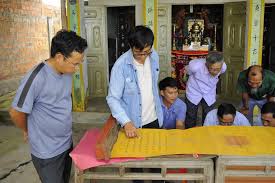

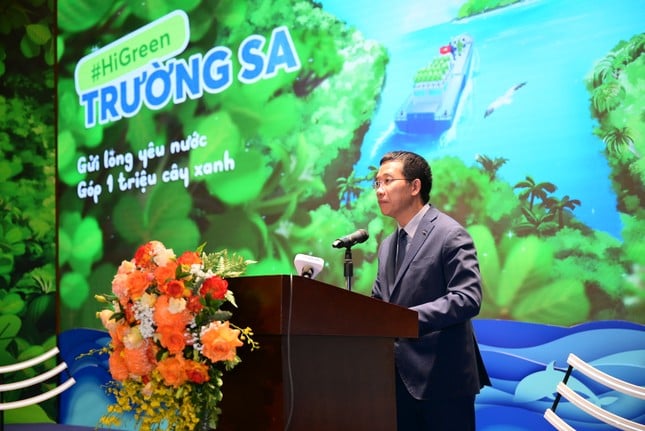
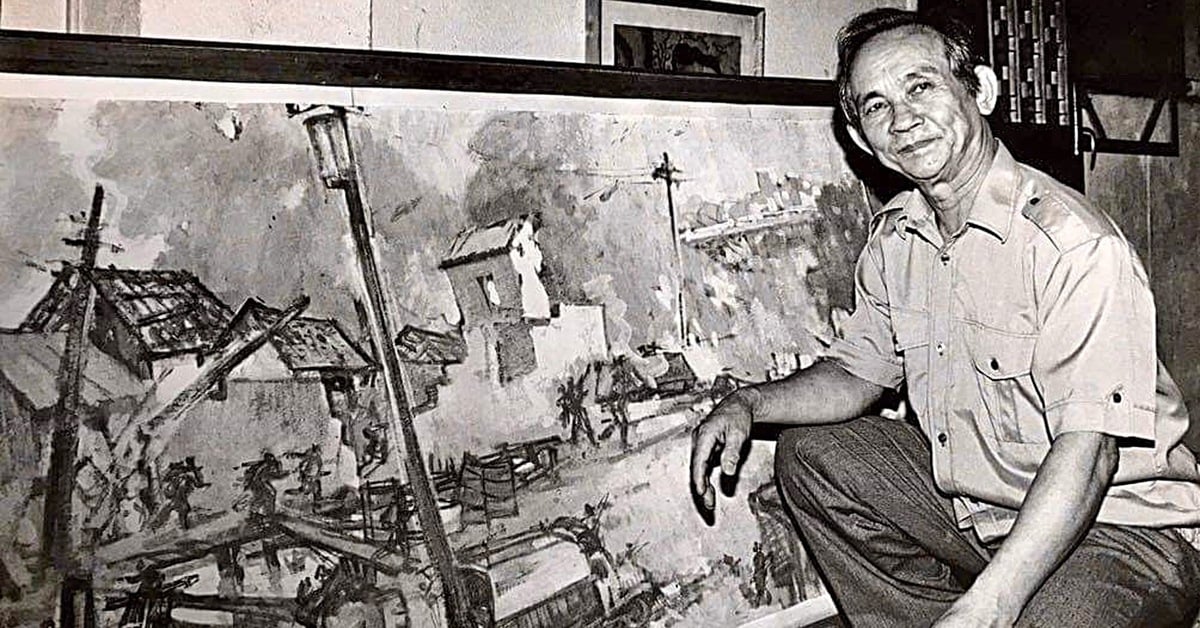

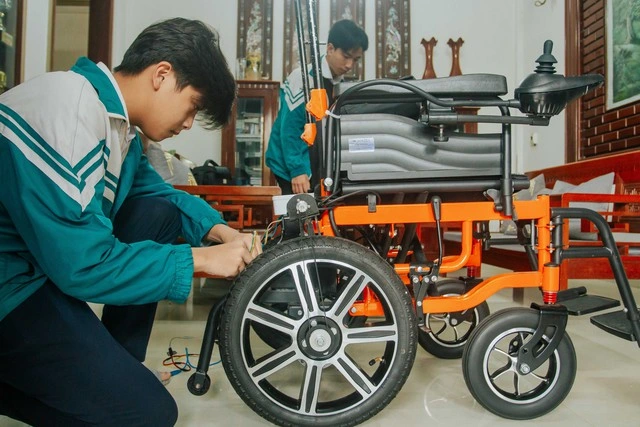









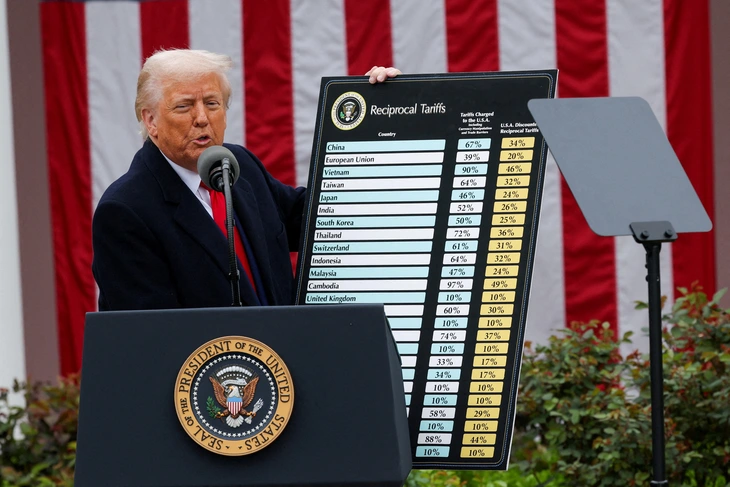
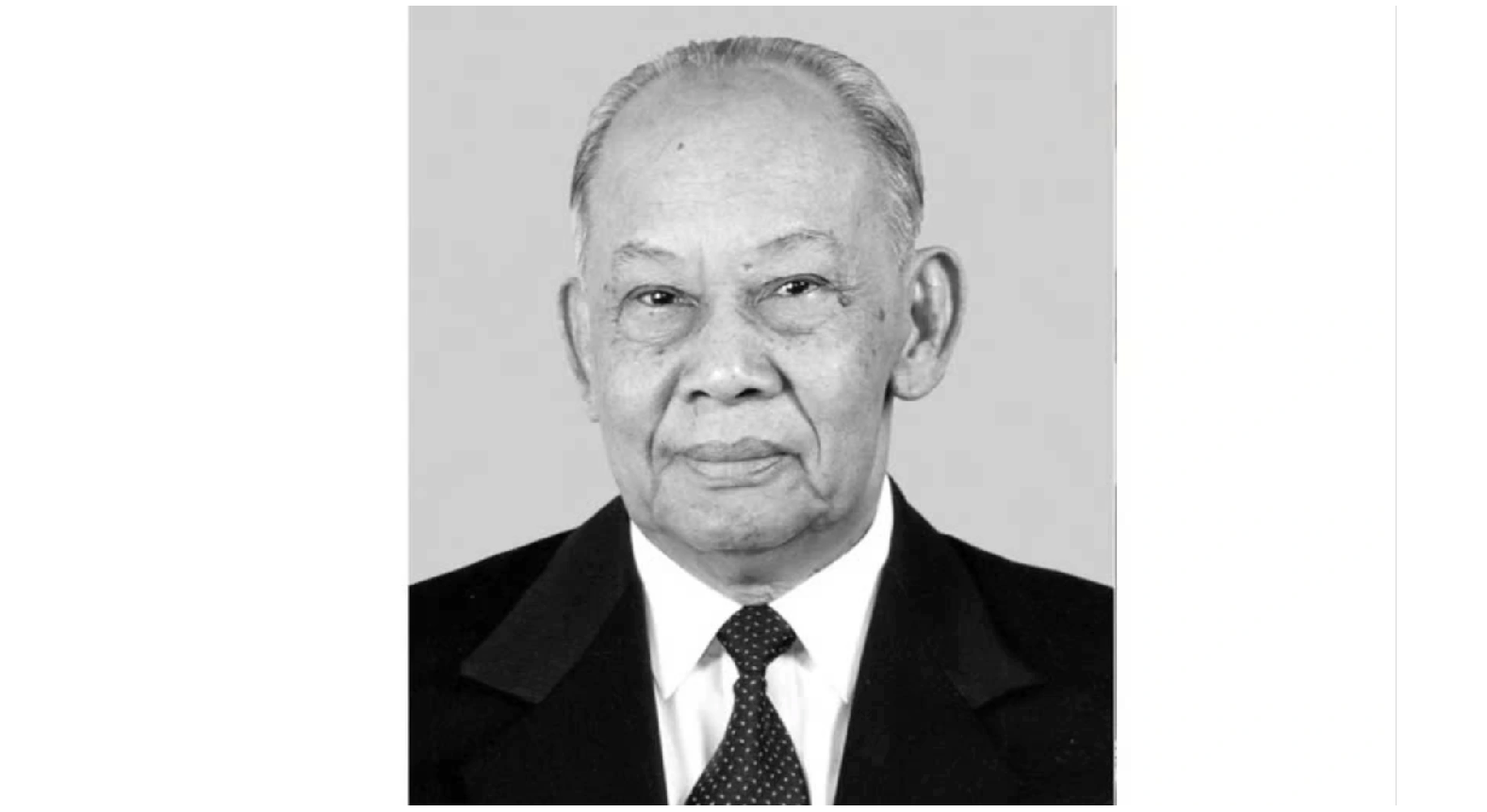

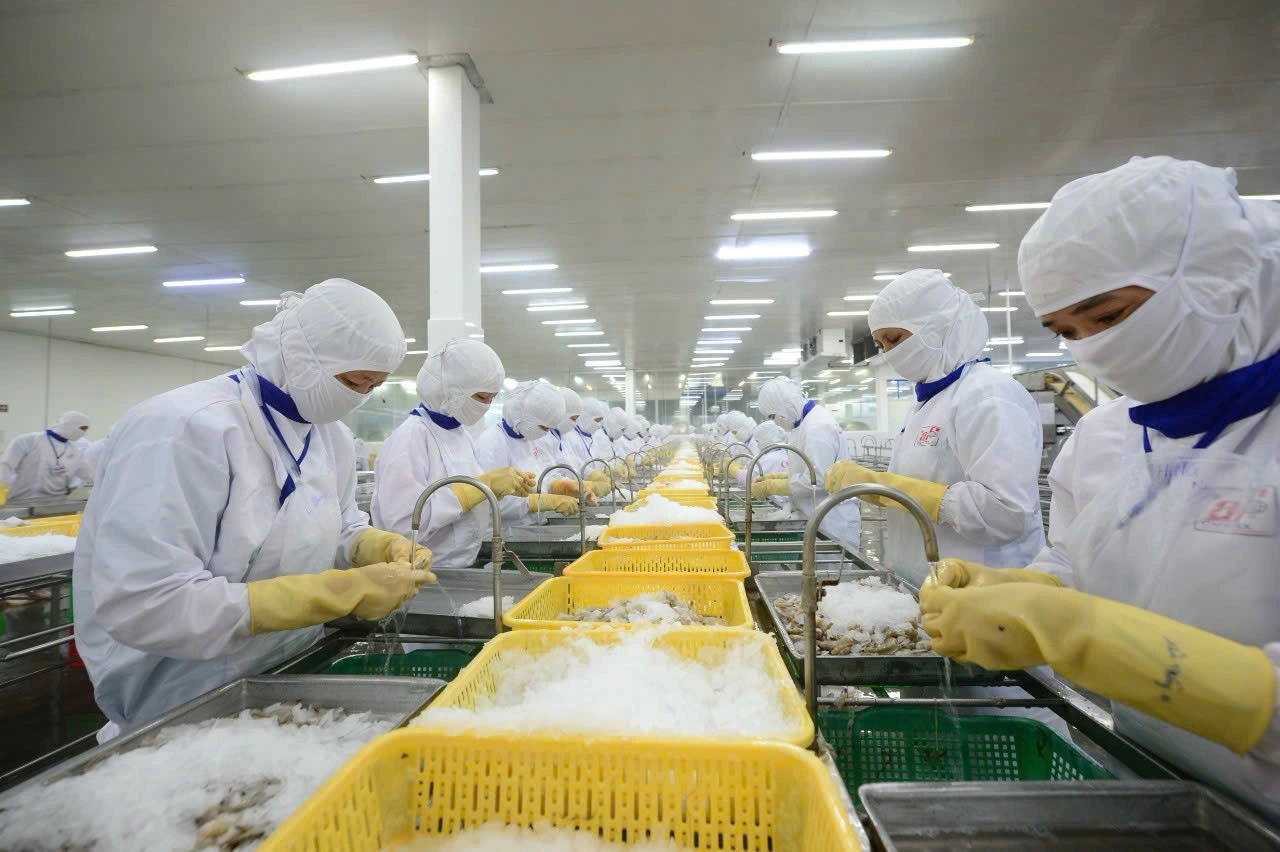

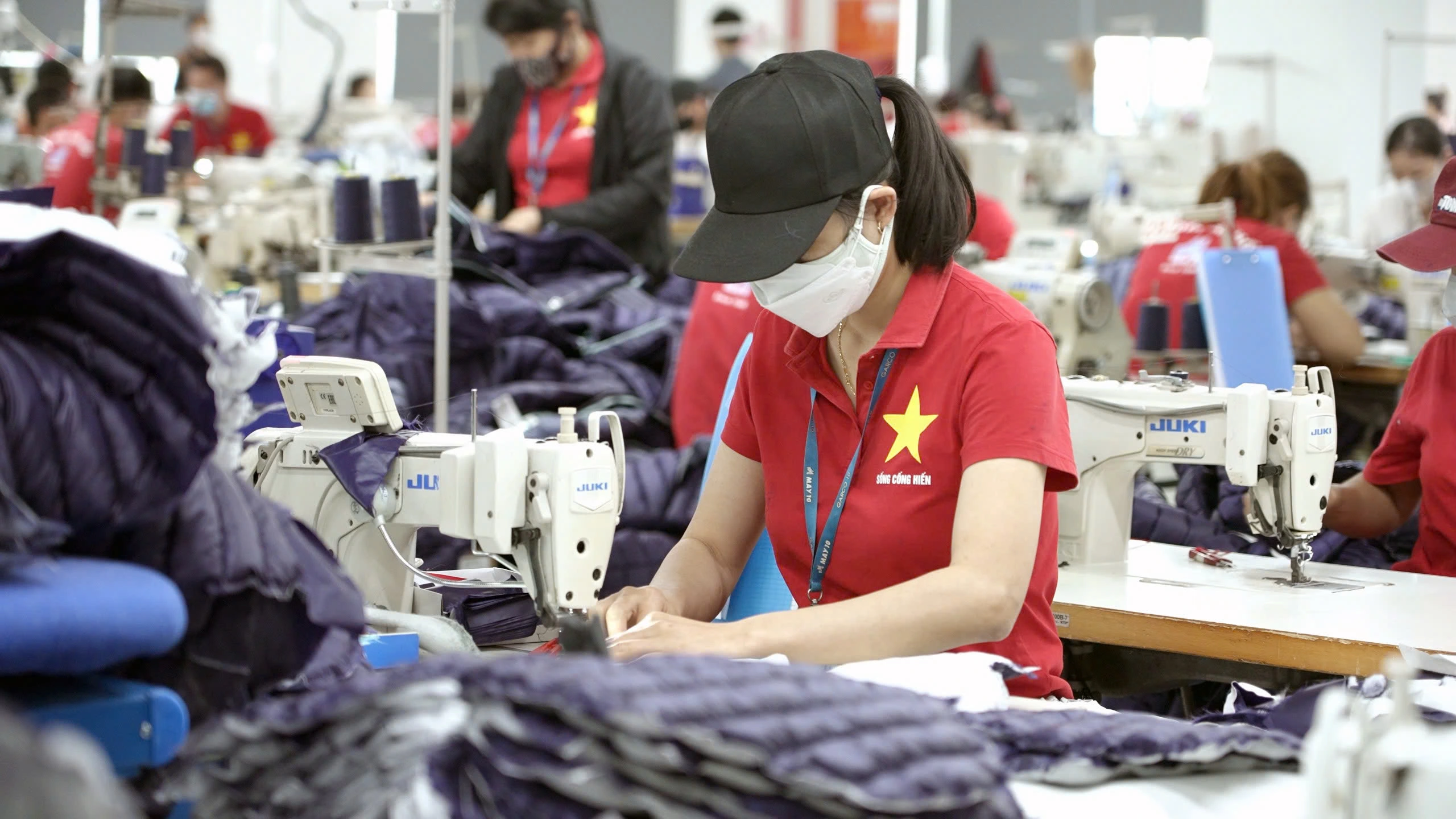
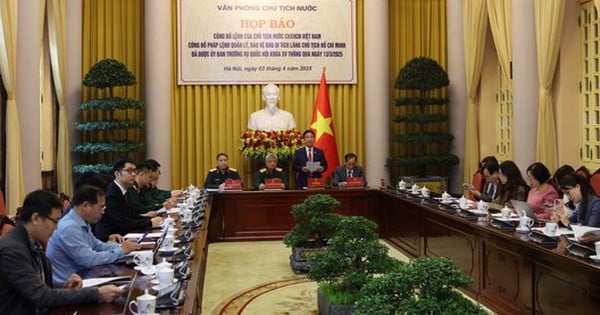




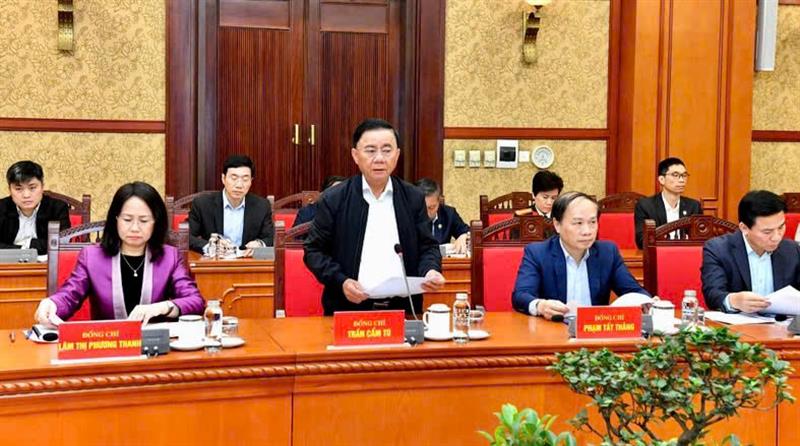


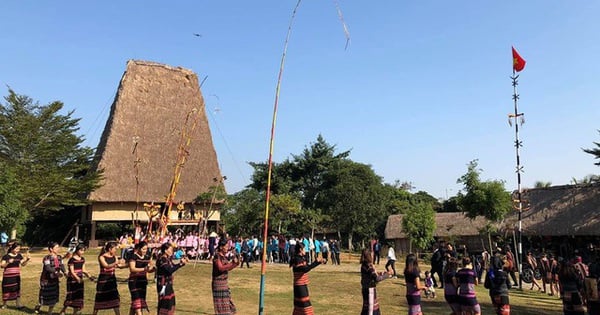

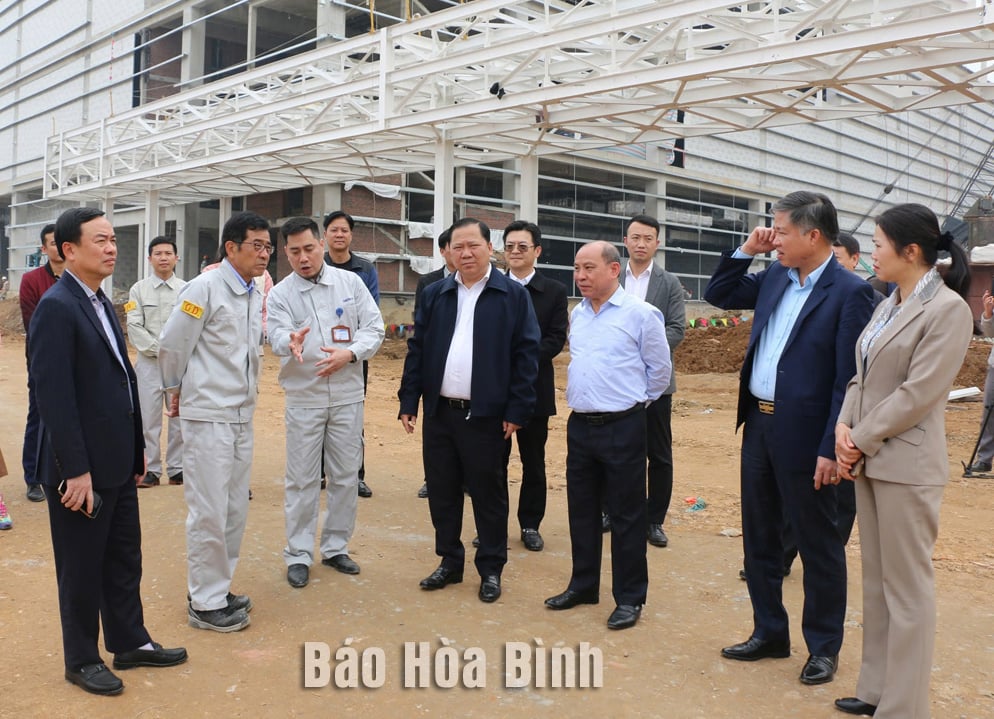
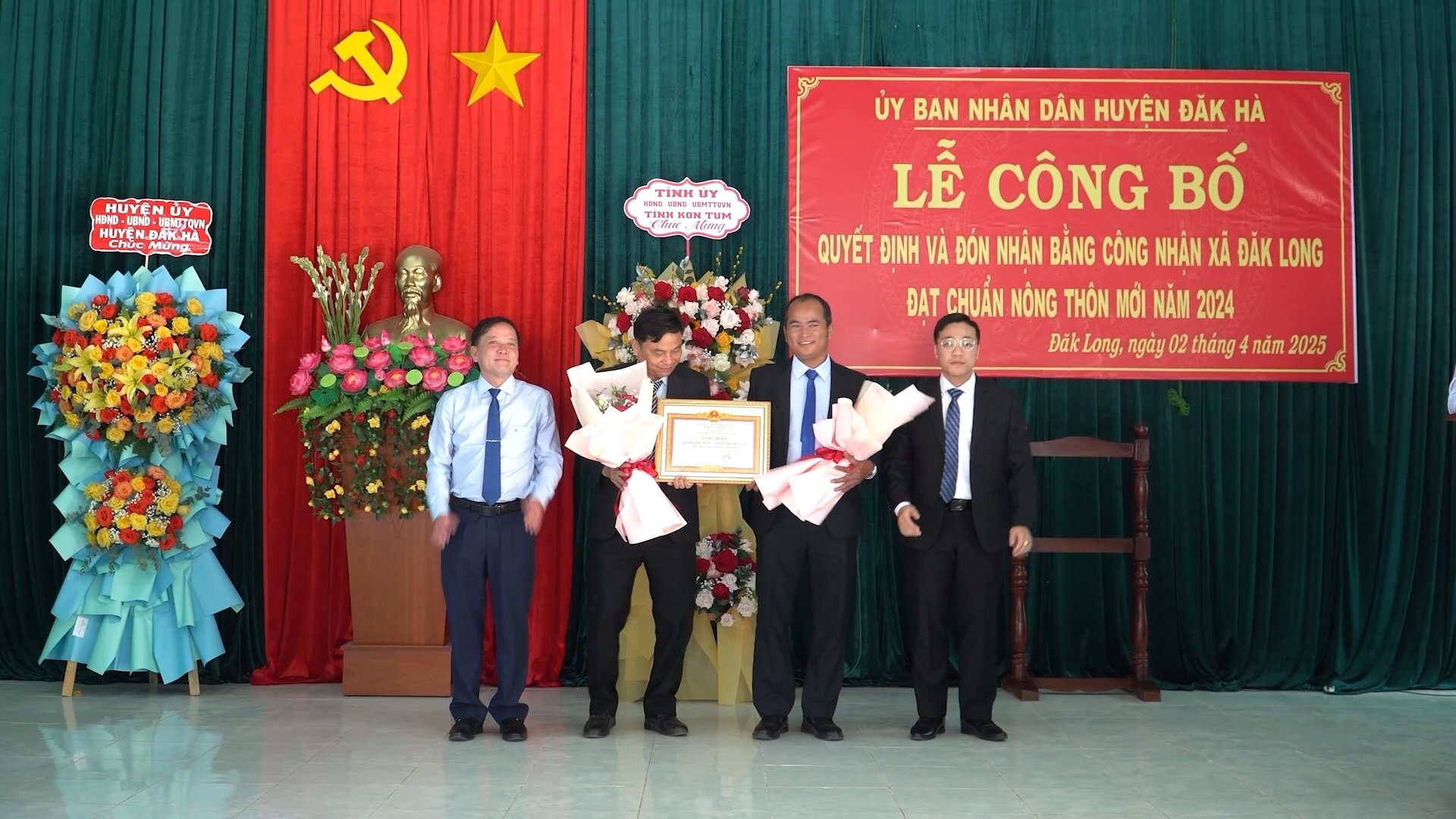
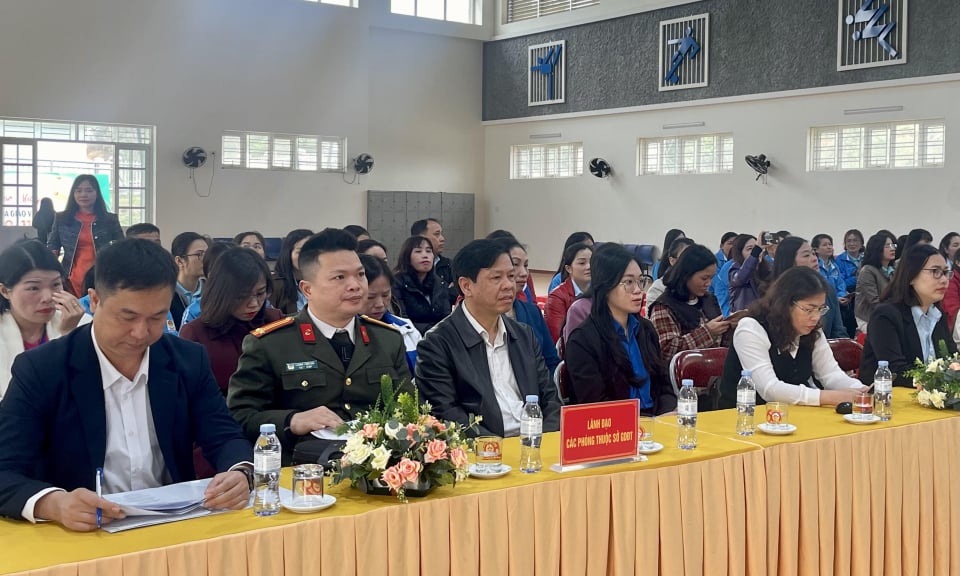

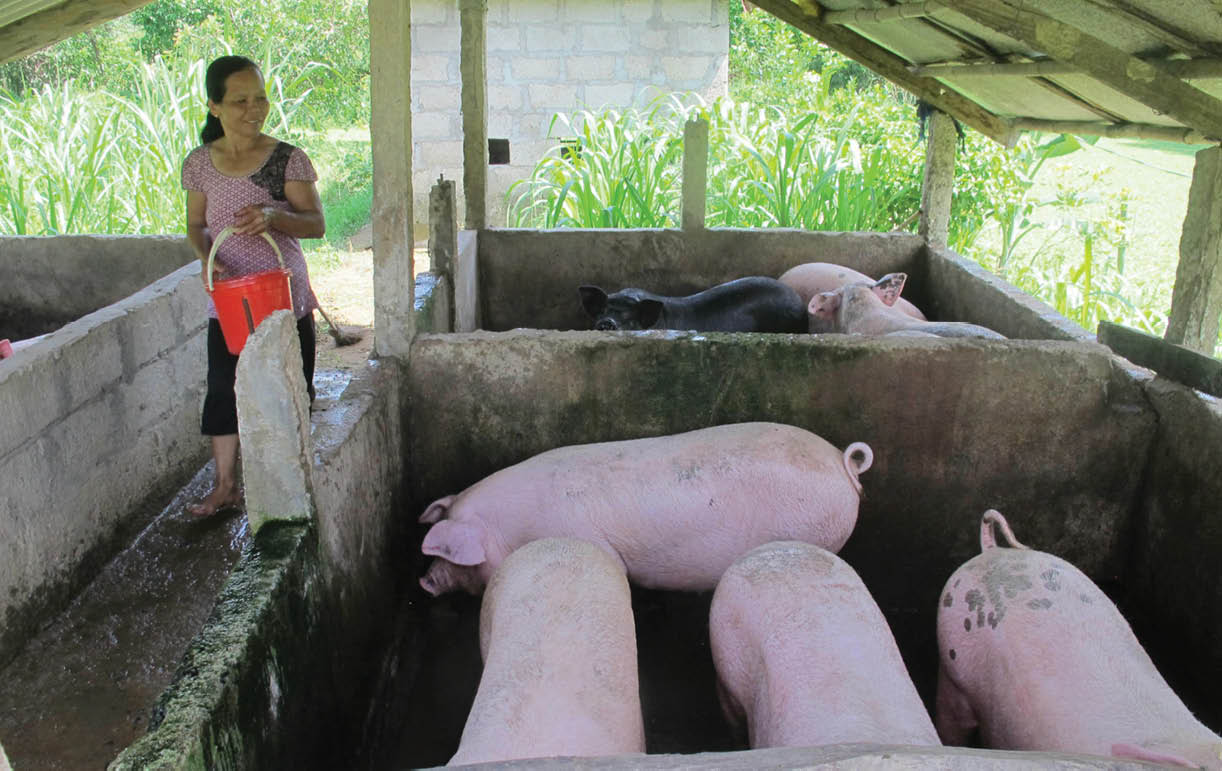

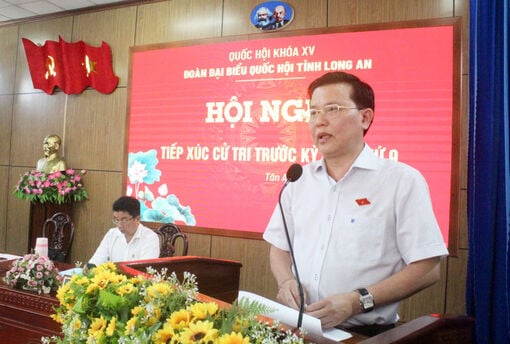












Comment (0)